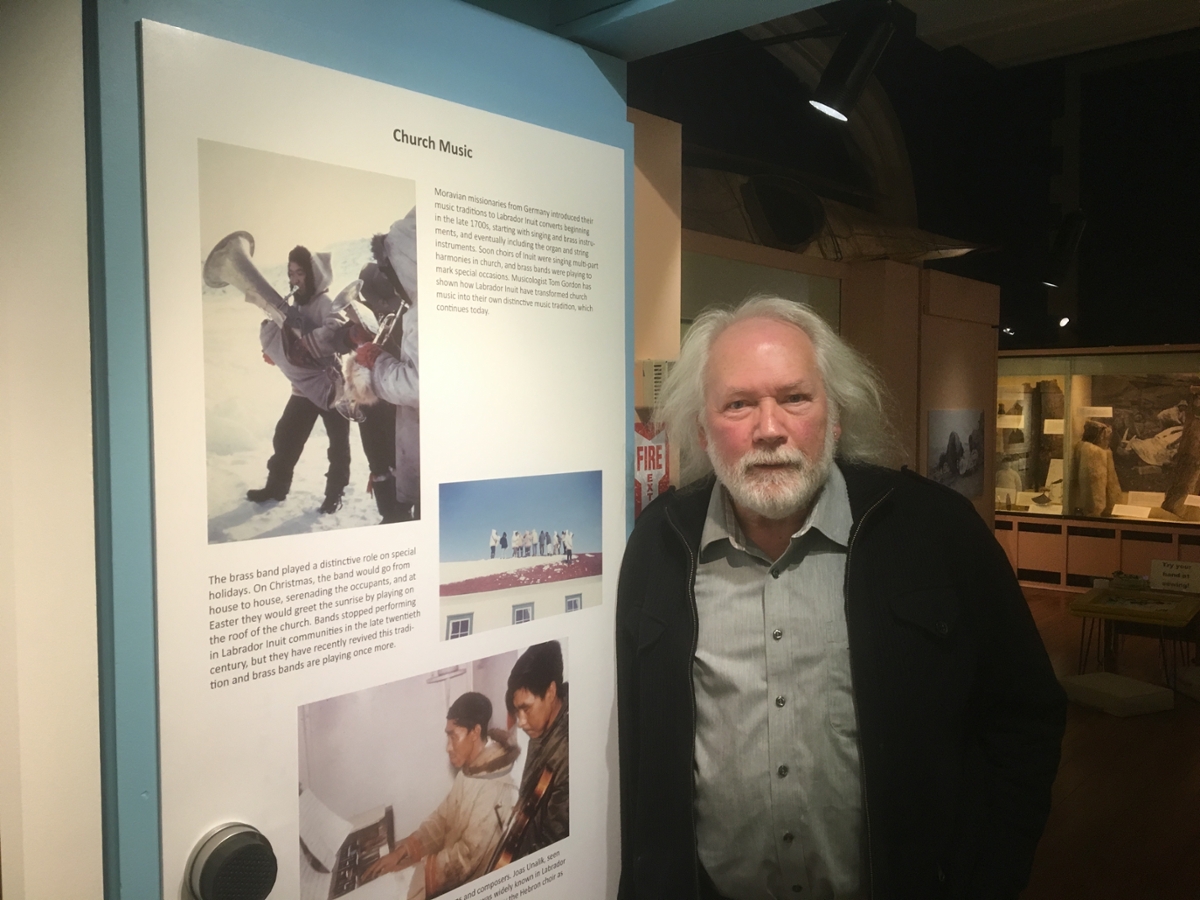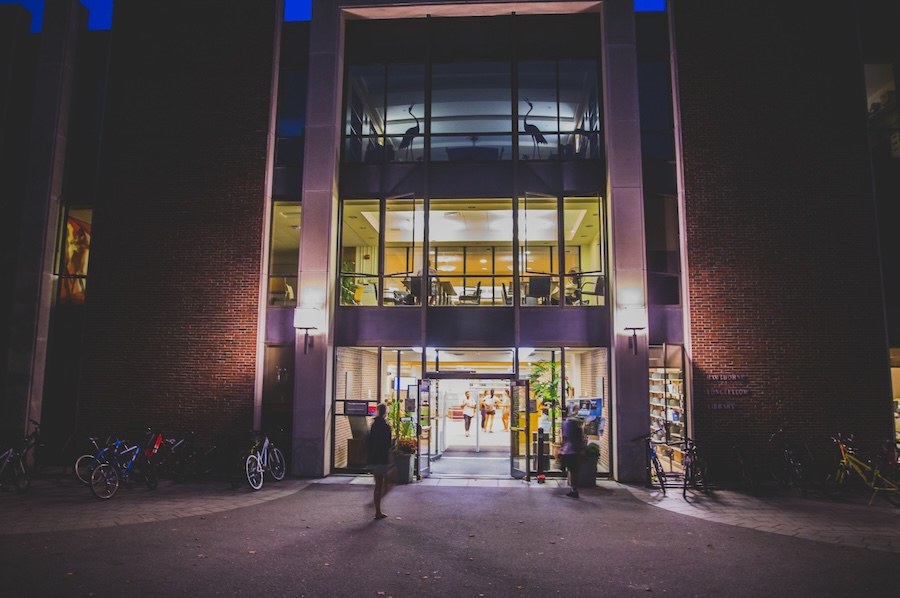From Central Europe to Atlantic Canada: A Musical Journey
By Tom PorterIn the late 1700s, a group of Moravian missionaries pitched up on the coast of Labrador hoping to convert the local Inuit to Christianity. They found the best way to achieve this was to introduce them to European hymns.

“Music was one of the first ways in which they communicated with the Inuit,” said Professor Tom Gordon of the missionaries. A retired musicologist from the Memorial University of Newfoundland, Gordon has spent many years studying the influence of the Moravian church on the musical landscape of this sparsely populated region, which lies about a thousand miles northeast of the Bowdoin campus.
According to legend, he says, the first Moravian arrived on the Labrador coast in the 1760s— after a spell in Greenland—and met with the local Inuit. He introduced himself to the chief shaman and they exchanged music. “The shaman did a drum dance for him, which the missionary described as being something with animal sounds to it. And then the missionary sang a hymn in Greenlandic Inuktitut, and the story goes (of course it was told by the missionary), that the Inuit were suddenly completely silent and listened with total absorption.”
Regardless how accurate this story is, said Gordon, the missionaries successfully used this European music as a means of inducing Inuit to join their church, to become Christians.
Gordon recently visited the Bowdoin campus to talk about how Moravian missionaries used music when colonizing the Labrador Inuit, and the Inuit then recast this music to express their own values. His lecture marked the opening of “A Resounding Beat: Music in the Inuit World,” an exhibition at the Peary-MacMillan Arctic Museum that runs through the end of 2019.
Check Out This Audio Report:



